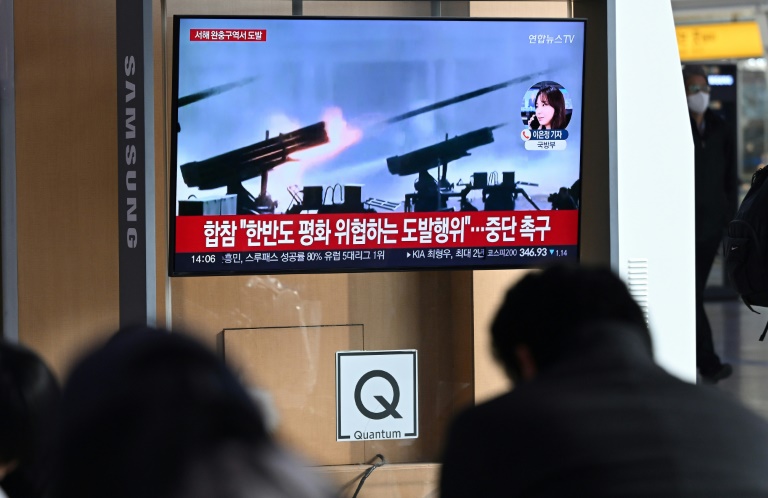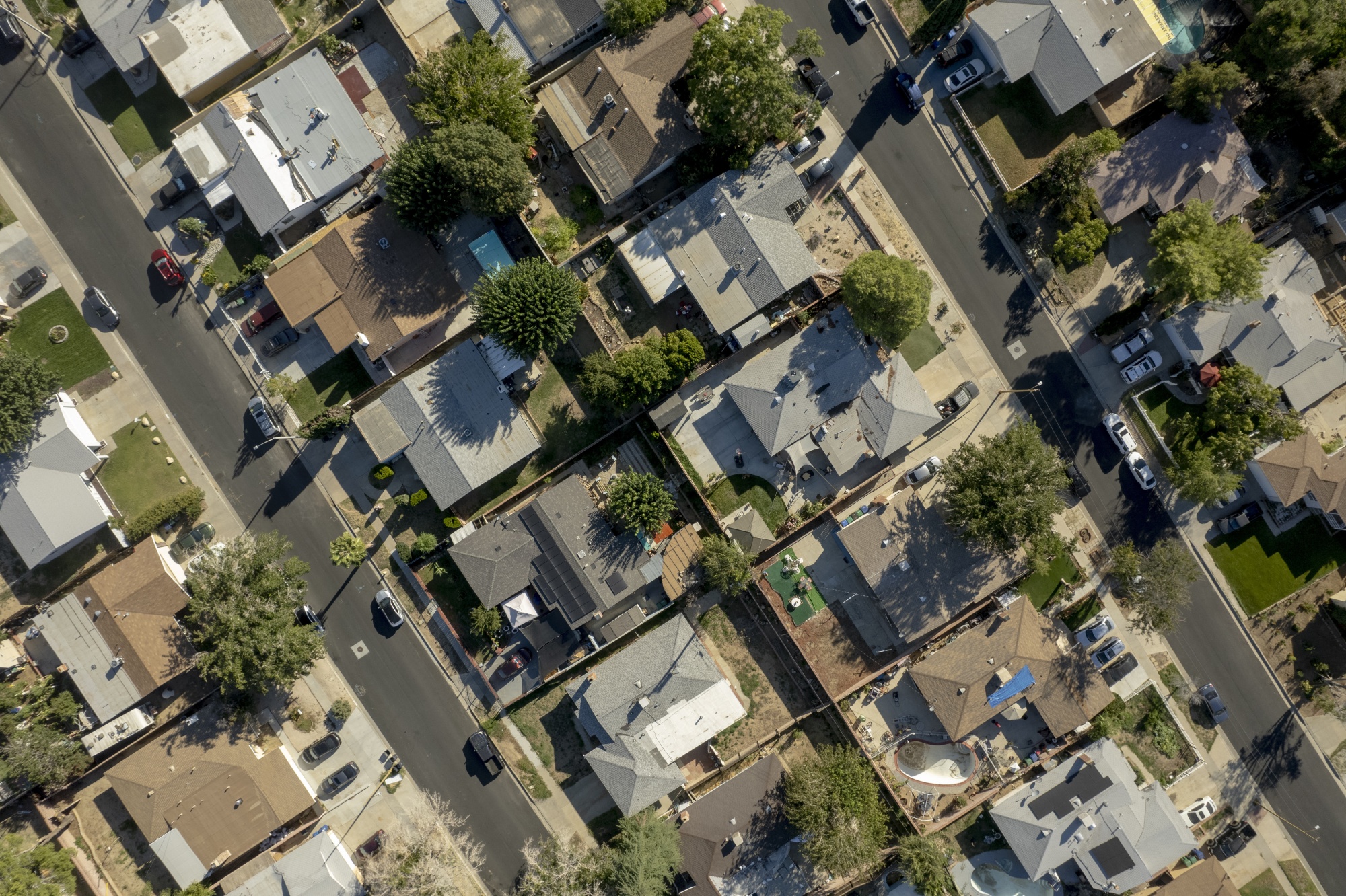North Korea fired more than 200 artillery shells near two South Korean islands on Friday, Seoul’s defence ministry said, warning the actions threatened peace and it would respond.
Residents on the two islands were ordered to evacuate, in one of the most serious military escalations between the two Koreas since the North fired a barrage of shells at one of the islands in 2010.
Friday’s live firing followed repeated warnings from Kim Jong Un’s regime in Pyongyang that it was prepared for war against South Korea and its US ally.
“The North Korean military conducted over 200 rounds of firing today from around 09:00 to 11:00 (1200 to 0200 GMT) in the areas of Jangsan-got in the northern part of Baengnyeong Island and the northern areas… of Yeonpyeong Island,” a defence ministry official said at a briefing.
The ministry released a statement shortly after stating: “This is a provocative act that threatens the peace on the Korean Peninsula.”
“We sternly warn that North Korea bears full responsibility for this escalating crisis and strongly urge them to immediately cease these actions,” it added.
“Our military closely tracks and monitors the situation in close coordination with the United States, and will take appropriate measures in response to North Korea’s provocations.”
Local officials on Yeonpyeong island told AFP that civilians had been told to evacuate, describing the order as a “preventative measure”.
South Korea’s Yeonpyeong Island is situated in the Yellow Sea. It is located approximately 80 kilometres west of Incheon and 12 kilometres south of the coastline of Hwanghae Province, North Korea.
Authorities on Baengnyeong Island also reported an evacuation order there.
“We are making the evacuation announcements at the moment,” a local district official at Baengnyeong island told AFP, adding that he had been told the South Korean military would conduct a naval drill shortly.
“At first I thought it was the shells fired by our own military… but was told later it was by North Korea,” Kim Jin-soo, a Baengnyeong island resident told local broadcaster YTN.
Pyongyang fired a barrage of 170 artillery shells onto Yeonpyeong island in November 2010, killing four people including two civilians in the first North Korean attack on a civilian area since the 1950-53 Korean War.
Relations between the two Koreas are at one of their lowest points in decades, after Kim enshrined the country’s status as a nuclear power into the constitution while test-firing several advanced ICBMs.
At Pyongyang’s key year-end policy meetings, Kim warned of a nuclear attack on the South and called for a build-up of the country’s military arsenal ahead of armed conflict that he warned could “break out any time”.
Kim accused the United States of posing “various forms of military threat” and ordered his armed forces to maintain the “overwhelming war response capability”, according to KCNA’s account of the meeting that ended on Saturday.
The meeting concluded that it is a “fait accompli that a war may break out on the Korean peninsula any time due to the enemies’ reckless moves for invading the DPRK”, KCNA said, using the acronym of the North’s official name.
In an effort to deter Pyongyang, Washington deployed a nuclear-powered submarine in the South Korean port city of Busan late last year and flew its long-range bombers in drills with Seoul and Tokyo.
The North has described the deployment of Washington’s strategic weapons, such as B-52 bombers, in joint drills on the Korean peninsula as “intentional nuclear war provocative moves”.
The military “should rapidly respond to any possible nuclear crisis and put continuous spurs to the preparations for a great event to suppress the whole territory of south Korea by mobilizing all physical means and forces including nuclear forces in contingency”, Kim said.
In 2023, the North successfully launched a reconnaissance satellite, after receiving what Seoul claimed was help from Russia in exchange for arms transfers for Ukraine.






